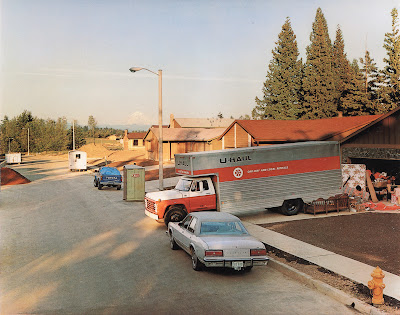Among the feedback that came in was the great question of why one should even bother with gallery shows (on a side note: this brings up the great question of book vs. show, but we'll delve into that at another time)? Why do it at all? Is an exhibition the reason for making the work in the first place? Shouldn't the process itself, that mixture of inspiration, discovery, labor, and skill be enough?

In a serendipitous parallel, my recent Saturdays have been spent in gradeschool gyms, watching my son's basketball games. In the first game, our team lost 16 to 59 and didn't score a single point until the third quarter (I must admit- I choked up a little when they finally did). The second game was 12 to 48. Believe me, these kids aren't there to win.
I don't really care about basketball, but last night I caught the tail end of the Blazers game and watched them lose by one point that was scored within the final seconds. The post game commentary was pretty black and white in its conclusion that losing is losing, and that's not winning. While I was watching, I flipped through a magazine that I'd bought with the intention of scouting out in the hopes of drumming up editorial work with them. The photographs were fine and I could see what I do fitting in, but as I flipped through each page my heart sank with the realization that even the editorial content was selling something. If not a specific gizmo or t-shirt, a lifestyle at least, that was tied into the products and services that were advertised throughout. That magazines are created to make money is so obvious that it shouldn't have hit with such force. To make a magazine (or a book, or an exhibition) takes money that's got to come out of someone's pocket. This epiphany brings me to an even greater appreciation for those who trudge along and pursue their art simply because that's what they like to do. Is the show the goal? No, the gallery world is as entrenched in trend and fashion as any magazine on the rack. But ultimately, it does get the work out there, encourages dialogue, and spreads the gospel. If anything, I think the trick is the creation of even more voices & venues. Shane Lavalette & Karly Wildenhaus's Remain in Light, Humble's Group Show, Paul Schiek's These Birds Walk, and the slew of online magazines that plug away without income are as encouraging as it gets. They're not in it to win, but because they love to play.

























